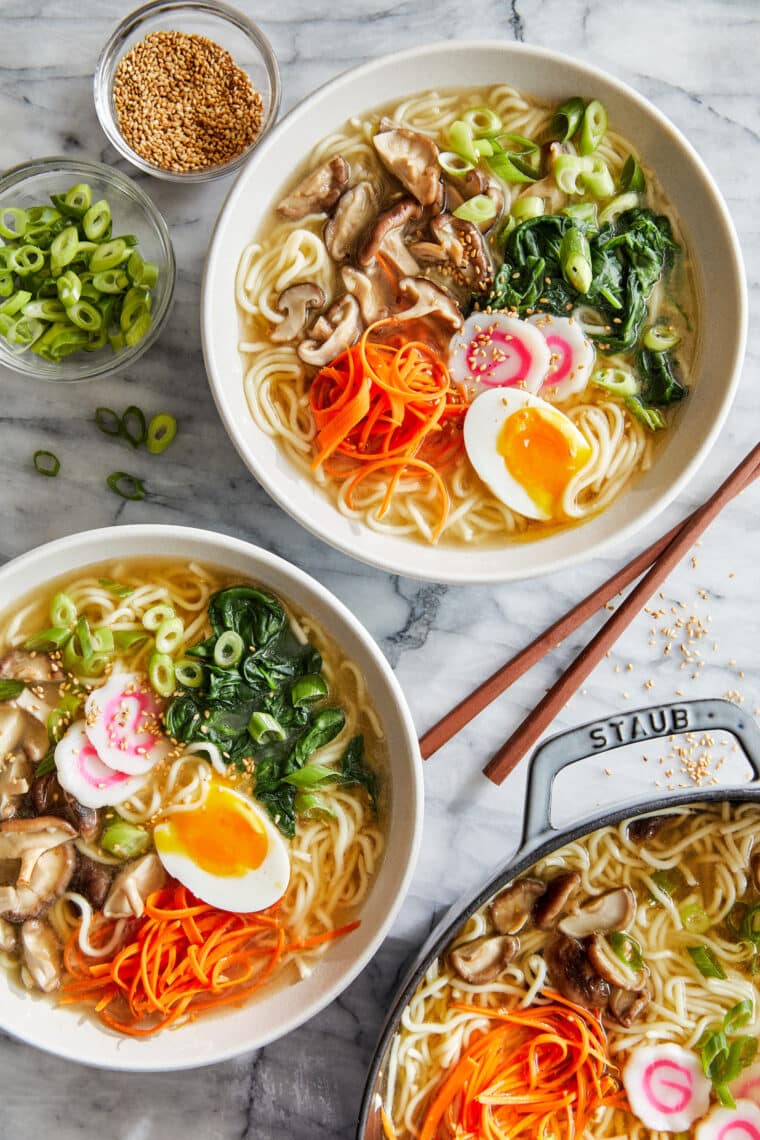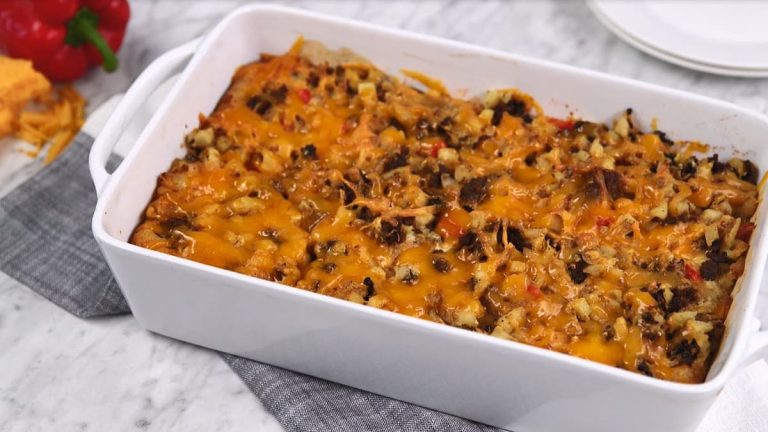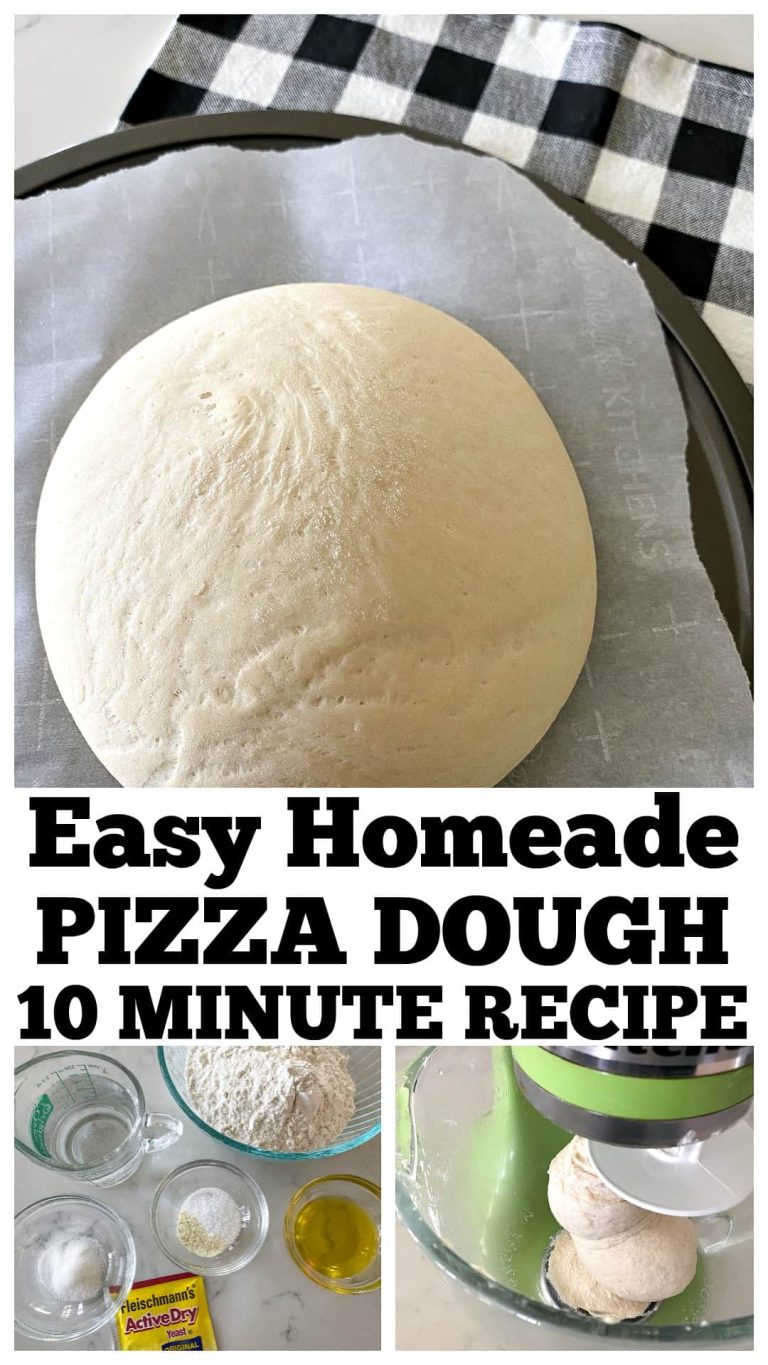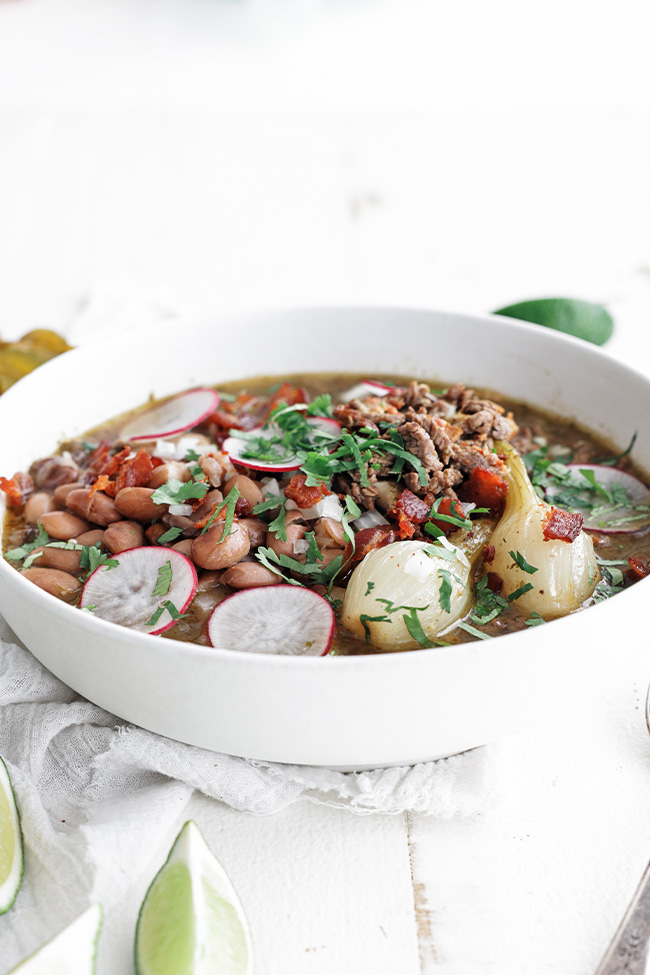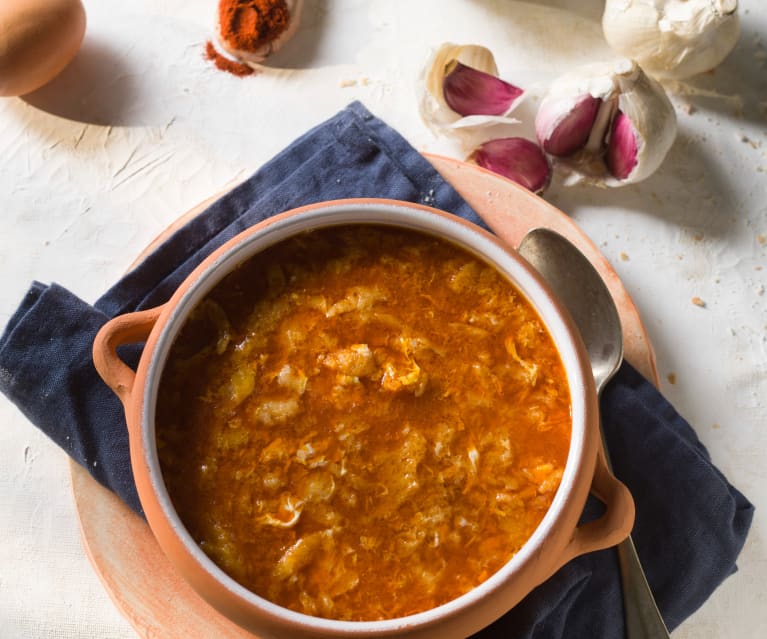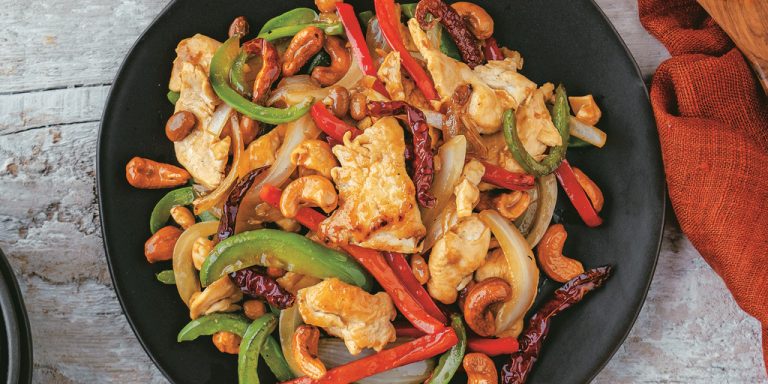Garlic Butter: History, Health Benefits, and Delicious Recipes to Try Today
Garlic butter traces its roots back to ancient times. The Ancient Egyptians used garlic for both culinary and medicinal purposes, recognized in early records around 1550 BCE. Over centuries, many cultures incorporated garlic into butter to enhance flavors. In French cuisine, garlic butter became integral, especially in dishes like escargot. It symbolizes the approach of using simple, high-quality ingredients to create robust flavors. Garlic butter holds cultural significance in countries like Italy, where it’s a key component in bruschetta and pasta dishes.
Evolution of Recipes
Garlic butter recipes have evolved considerably over time. Early recipes involved simple mixing of crushed garlic and butter. Modern versions have introduced herbs like parsley, thyme, and rosemary for added complexity. Chefs worldwide have experimented with variations, incorporating ingredients like lemon zest and Parmesan cheese. In the 20th century, garlic butter gained popularity in American cuisine, particularly in steakhouse dining and seafood dishes like garlic butter shrimp. Today, you find diverse versions of garlic butter tailored to different palates and culinary traditions.
Key Ingredients and Preparation
Essential Components
Garlic butter primarily combines garlic and butter. Use the following essential components to create a basic yet flavorful garlic butter:
- Butter: Choose unsalted butter to control the salt level. Ensure it’s at room temperature for easy mixing.
- Garlic: Use fresh garlic cloves for optimum flavor. Mince or crush them finely.
- Salt: Add a pinch of salt. Adjust based on taste preference.
- Parsley: Fresh parsley adds a bright, herbal note. Finely chop the leaves.
- Lemon Juice: A squeeze of lemon juice imparts acidity and enhances flavors.
Optional ingredients include black pepper for mild heat, grated Parmesan cheese for a savory note, and thyme for an aromatic touch.
- Prepare Ingredients: Gather and measure all ingredients. Ensure the butter is softened at room temperature.
- Mince Garlic: Peel and finely mince garlic cloves or use a garlic press for a consistent texture.
- Mix Butter and Garlic: In a mixing bowl, combine softened butter and minced garlic. Use a spatula to mix thoroughly.
- Incorporate Herbs and Seasoning: Add finely chopped parsley, salt, and optional ingredients like black pepper and Parmesan cheese. Mix until evenly distributed.
- Add Lemon Juice: Finally, squeeze a small amount of lemon juice into the mixture. Stir well to blend all elements.
- Store or Use Immediately: Transfer garlic butter to a container for storage or use it immediately. It can be refrigerated for up to a week or frozen for future use.
Following these steps ensures your garlic butter achieves a balanced flavor profile, perfect for enhancing a variety of dishes.
Culinary Uses of Garlic Butter
As a Spread
Garlic butter transforms basic bread into a delicacy. Spread it on baguettes, rolls, or toast to create garlic bread. Use it instead of regular butter on dinner rolls to elevate your breadbasket. Try spreading it on crackers or crostini for a quick, savory snack. Sandwiches also benefit from a layer of garlic butter, adding depth to simple combinations like ham and cheese.
In Cooking and Marinades
Garlic butter enhances many cooked dishes. Top cooked steaks, chicken breasts, or fish fillets with a pat of garlic butter to melt and infuse flavor. Stir it into mashed potatoes, pasta, or risotto for added richness. Use it as a sauté base instead of oil or regular butter for vegetables and shrimp, introducing robust flavors. For marinades, mix garlic butter with herbs and lemon juice to coat meats or vegetables before grilling or roasting, ensuring a fragrant, tender result.
Health Benefits and Nutritional Value
Nutritional Components
Garlic butter combines the nutritional elements of both garlic and butter. A typical serving size of one tablespoon contains about 102 calories, 12 grams of fat, and negligible carbohydrates and protein. Garlic is rich in vitamins C and B6, manganese, selenium, and fiber. It also contains traces of calcium, copper, potassium, phosphorus, iron, and vitamin B1.
Butter primarily consists of fat, providing vitamins A, D, E, and K2. Its saturated fats may support the body in nutrient absorption and hormone production. Combining these ingredients results in a flavorful mix with healthful properties.
Health Impacts of Regular Consumption
Regular consumption of garlic butter contributes to several health benefits. Garlic contains allicin, a compound known for its antimicrobial, antioxidant, and anti-inflammatory properties, which may reduce blood pressure and improve cardiovascular health.
Butter supplies conjugated linoleic acid (CLA). CLA has been linked to improved metabolism and potential weight management benefits. The vitamins in butter support vision, immunity, skin health, and bone strength.
However, balance and moderation are crucial as garlic butter is calorie-dense and high in fats. To maximize benefits while minimizing downsides, incorporate it into a balanced diet without overuse.
Popular Garlic Butter Recipes
Garlic Butter Steak
Garlic butter steak delivers a rich and savory taste that elevates the meat’s natural flavors. Start by choosing a high-quality cut like ribeye, filet mignon, or sirloin. Season the steak with salt and pepper before searing it in a hot skillet until it reaches your desired doneness. As the steak finishes cooking, add a generous amount of garlic butter to the skillet to infuse the meat with flavor. Baste the steak with the melted butter using a spoon, ensuring even distribution. Serve the steak with the remaining garlic butter from the pan.
Garlic Butter Shrimp
Garlic butter shrimp offers a quick, flavorful seafood dish perfect for any meal. Select fresh, deveined shrimp for the best results. Melt the garlic butter in a large skillet over medium heat, then add the shrimp. Sauté until the shrimp turn pink and opaque, usually about 3-4 minutes per side. To enhance the flavor, squeeze fresh lemon juice over the shrimp and garnish with chopped parsley. Serve over pasta, rice, or as an appetizer with a side of crusty bread.
Conclusion
Garlic butter isn’t just a simple spread; it’s a culinary powerhouse that can elevate any dish. Its rich flavor and health benefits make it a must-have in your kitchen arsenal. Whether you’re enhancing a steak or seafood dish, garlic butter adds a depth of flavor that’s hard to beat. So, don’t hesitate to experiment with it in your recipes. With the right ingredients and a bit of creativity, you’ll unlock a world of delicious possibilities.

